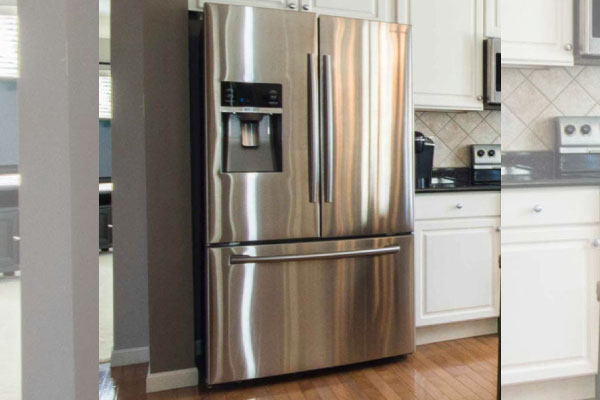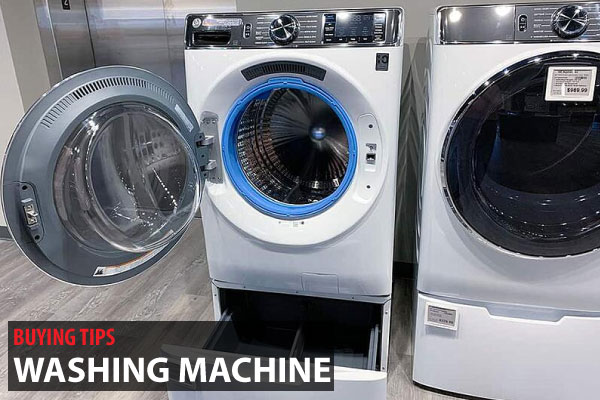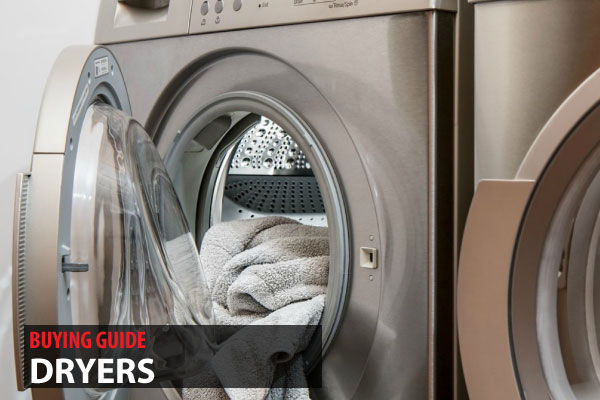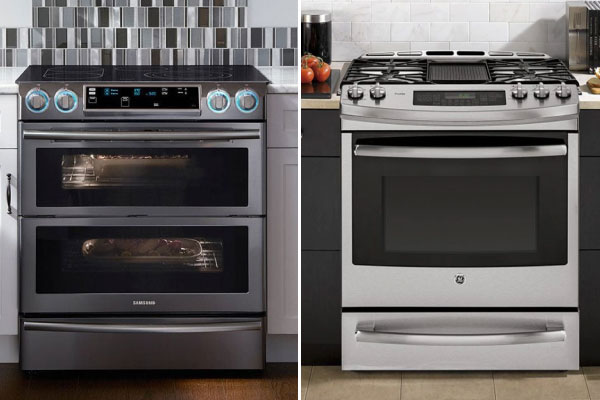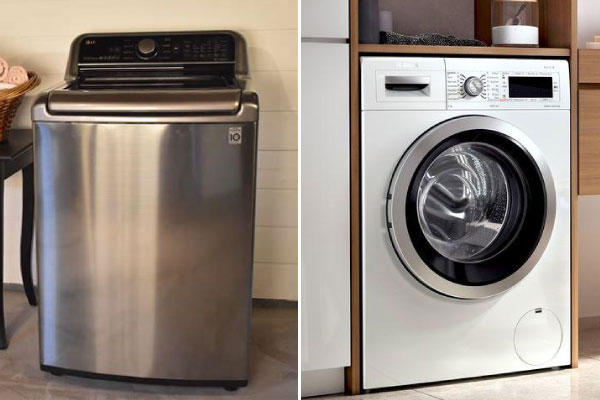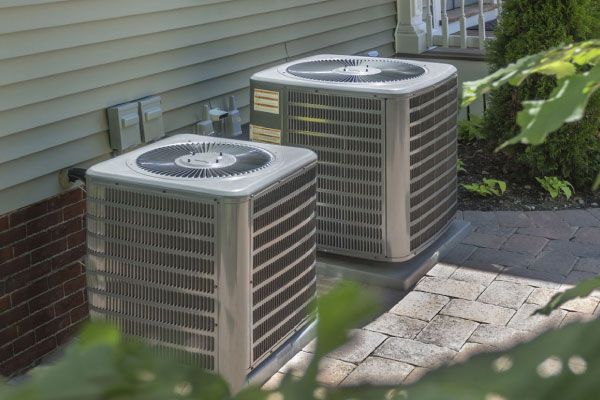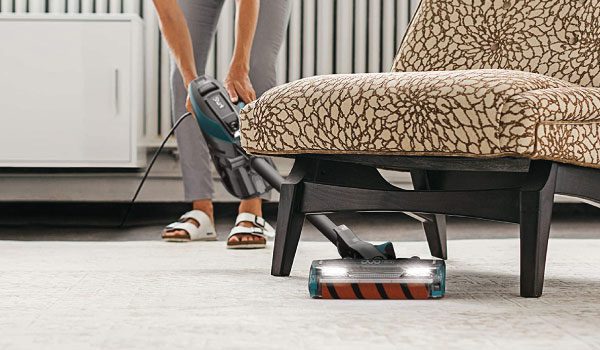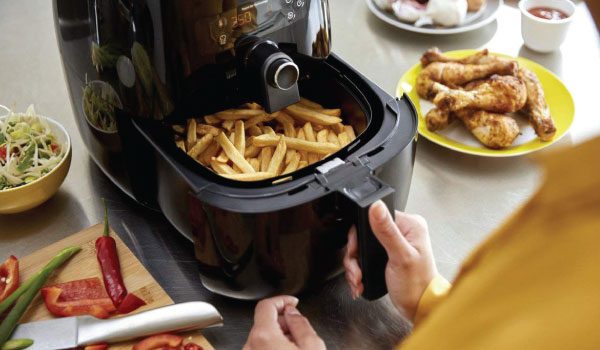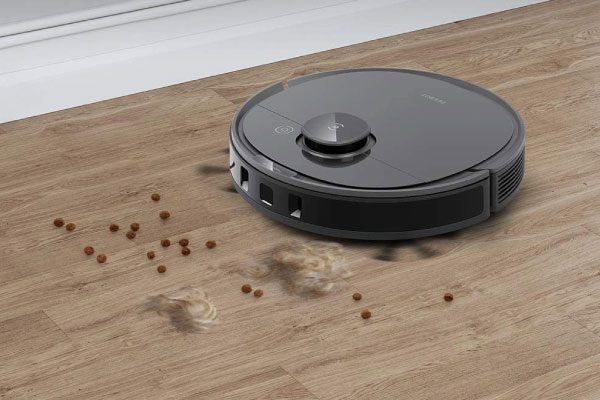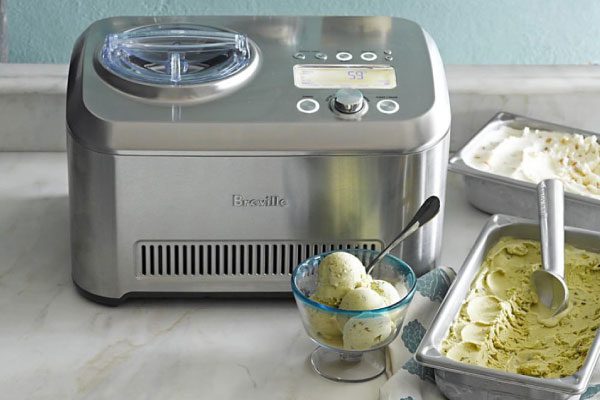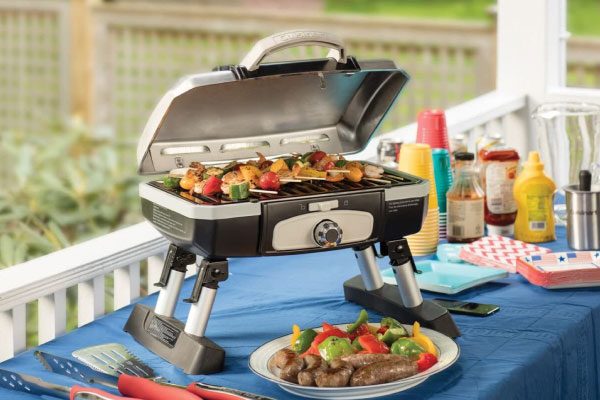The Ideal Well Water Purification System for Safe Drinking Water
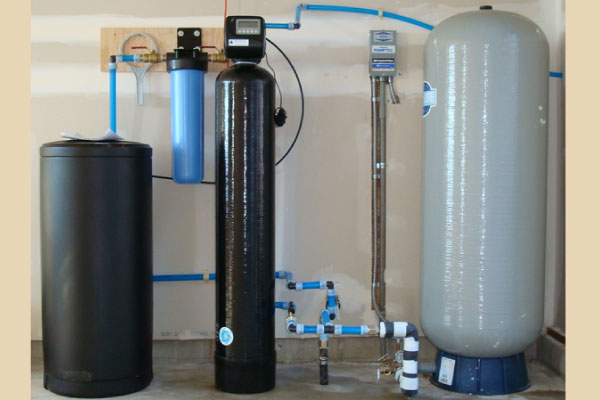
It doesn’t have to be challenging to select the best well water filter system for safe drinking water. Knowing which contaminants is in your water makes it easier to remove them, as different filtration systems filter out different contaminants.
Before you purchase a filtration system for well water, consider the following factors
It’s advisable that you test the water before buying a well water filtration system to see what contaminants, if any, are present.
Many kits for water testing are available for purchase on the internet which could as well be completed right at home. Certain test kits must be delivered to the lab for analysis, while others can be performed in the house. These made-for-home kits include color-changing strips that indicate which pollutants are present. Testing the water might also be done by a local water corporation. It is advised by the Centers for Disease Control and Prevention (CDC) that well water be tested once a year.
Water Contaminants
For safe drinking water, different filtration methods remove all manner of impurities. Heavy metals are filtered out by some purification systems, while microbes are filtered out by others. Of course, before purchasing a purification system for well water in your home, it’s critical to figure out what impurities you’re dealing.
The following are the most common pollutants found in well-based water
• Microorganisms. Bacteria like coliform bacteria as well as E. Coli are abundant in well water. Most bacteria occur at non-harmful levels, meanwhile some homes hold greater levels that would profit from purification, as greater amounts of bacteria may cause infirmities including death.
• Nitrate. This may pollute well water naturally and isn’t usually a problem, but high quantities can be dangerous. Excessive nitrate in the diet can result in headaches or nausea with a tendency to increase risk of cancer.
• Heavy metal: An example of copper or lead and sometimes cadmium, arsenic, including chromium. While minute quantities of listed metals are usually not dangerous, large levels can offer health risks, including a growing chance of cancer, worse if eaten over a certain period.
• Organic Compounds. Pesticides, medications, paints, disinfectants and dyes are examples of substances that can pollute well water. These organic substances can harm the liver and kidneys including the brain as well as reproductive systems.
• Fluoride. This is frequently introduced into public portable water sources to aid in reducing tooth decay; however, it can also pollute well water even as enough fluoride can cause nausea, seizures and vomiting.
• Iron. Plumbing iron pipes may pollute water when it flows through the house, though iron can also be found in nature. Low quantities, like many pollutants, are normally not dangerous; but, high amounts can induce organ failure, acne, weariness, and pain in the joint.
Types of Filters
Whole-house purification systems make use of many types of water filters to filter well water. Activated carbon or UV filters including reverse osmosis and infrared filters are examples of these.
• Activated carbon. Contaminants are absorbed by carbon filters, stopping them from getting through. These are ideal for getting rid of pesticides or lead, though they can also get rid of iron and germs. In activated carbon fiber filters, coconut shell serves as a common item.
• Resin. Its filters are effective in eliminating iron and last longer compared to other filter varieties while still allowing sufficient water rush.
• Reverse Osmosis. This can eliminate strong metals including fluoride with the use of pressure and a semi permeable membrane, but it’s not the ideal technology for filtering out pesticides with other organic pollutants.
• Water ionizer. These filter water using an electrical charge, which can remove heavy metals and pesticides. Confirm what impurities a certain brand can filter out to ensure it’s the best option for your water.
• UV filters. These filters use ultraviolet (UV) radiation to kill bacteria, but the filters don’t eliminate other pollutants from drinking water.
• Infrared filters. They soften water with the aid of heat and light, making them ideal for houses that have hard water. Though they are effective in killing bacteria, it is ineffective at removing other pollutants.
Filter Size
Filters of various sizes are used in various water filtering systems. The size of the system determines where it may be installed at home; say as under the sink, including the amount of water it is capable of purifying at a given time.
Most systems stand as tall as 50 inches, while others stand shorter than 30 inches. The size of the filter also impacts the number of gallons of water that can be filtered before needing to be replaced.
Water filters should be replaced within few months as a rule of thumb. Some may require to be replaced in three months; just others can be replaced every nine months or even a year.
Flow Rate
Water purification system will also have a flow rate, which refers to the volume of water which the system can purify and make ready for usage at any one time. Gallons per minute are the most common unit of measurement (GPM). Many
Whole-house purification systems have a flow rate of 7 gallons per minute, while others have a flow rate of 15 or 20 gallons per minute. When shopping for the most ideal well water filtering system, keep in mind that a home may demand a specific flow rate.
Built-In Water Softener
A default water softener is available in most whole-house water purification systems. For households with hard water, this is great. Hard water means water with a large amount of mineral content, particularly calcium or magnesium, which may cause long-term damage to appliances and pipelines.
To soften water, purification systems can utilize one of salt-based or salt-less mechanism.
NSF Certification
When a water filtration product is certified by the National Sanitation Foundation (NSF), it signifies that the product’s claims would have been confirmed to perform the tasks which the company advertises.
NSF certification will not be granted to every filtering system. NSF-certified items also have components that do not leach additional toxins in the water, like plastic made of bisphenol A, a synthesized chemical linked to human hormone disturbance in the human body.
Installation
Many whole-house purification systems are more straightforward to set up than others. Although most systems are simple enough to install on your own, others will necessitate professional help. Some purification systems come with installation kit which makes the process go more smoothly. If you’re not acquainted with plumbing, other systems will suggest you get a professional to install the filtration system.
Our Top Choices
Some of our top choices in whole-house purification systems that offer clean portable water are listed below.
Express water three-stage whole-house water purification: About 80 typical pollutants, including toxic metals as well as chlorine, bacteria, pesticides, and organic compounds, are removed from well water using three stages in this filtering system. A microfibre sediment purifier is used in the first stage. Stage two employs a carbon filter in removing lead, iron, sulfur and other various contaminants. An extra carbon filter is used in stage three to remove medicines, insecticides, and other organic pollutants.
Ispring 3-stage whole-house water purification: With a three-stage filtration procedure, this water purification system removes toxic metals, chlorine, pesticides, iron, and sediment, as well as using a carbon filter. This filter should be changed after every 100,000 gallons or about once a year for a household of four.
Aquasana whole-house water purification: Pesticides, chlorine, and toxic metals are all removed by Aquasana’s whole-house filtering system. It includes a salt-less water softener built in, which is perfect for hard water. The purification system removes impurities using activated carbon sieve, making it good for toxic metals, silt, and organic pollutants, though not for bacterially polluted well water.
Pelican water UV water purification: The UV Water The UV Desalination and Disinfection method from Pelican eliminates viruses and other pathogens in well water with flow rates ranging from 9 to 16 GPM. It eliminates 99.9% of pollutants and produces no pollution byproducts, thus the disinfection process has no effect on the taste and odor of the water.
AFW Filters iron pro 2 water softener iron purifier: This iron purifier and water conditioner combination works for an entire house and eliminates up to eight parts per million of iron (ppm). It can neutralize manganese, silt which includes sand and rust from drinking water, as well as the sulfur odor.
Home master whole-house water purification: A 3-stage purification system eliminates about 95% of iron and other contaminants from well water. This system employs a carbon filter to keep impurities out of the water and has a flow rate of 15 GPM. This device can filter out smother sediment particles thanks to a multi-gradient density sediment filter, which physically inhibits sediment debris from entering water.
FAQs Relating to Well Water Purification Systems

The following are some frequently asked questions concerning how effectively water purification systems function.
Q. Can hard water be removed by using a water filter?
Hard water is not removed by entire water filters. Most water filters include a default water softening device to treat hard water.
Q. Is it true that whole-house water sieves lower water pressure?
It should not affect water pressure when you find a system that meets your GPM requirements.
Q. What factors should I consider when purchasing a water filter?
Start by examining the water to find out which impurities must be removed. Then, figure out how many GPM your home requires and whether you’ll need a water softener to combat the effects of the hard water.
Q. How can you keep a well water filtering system in good working order?
Each system has got its own set of maintenance requirements, but in general, the filter and UV lamp will need to be changed at constant intervals.

